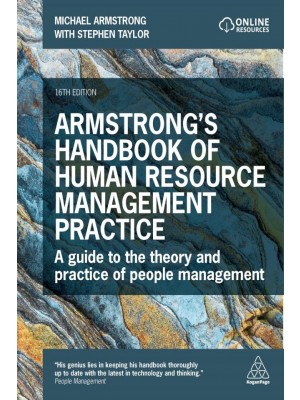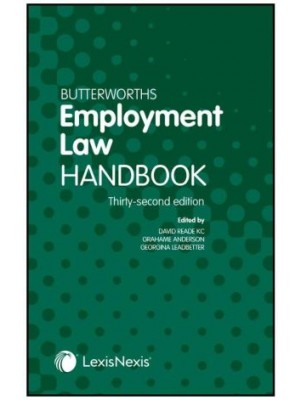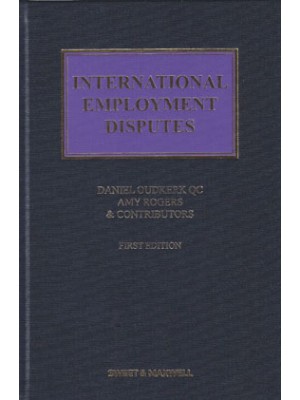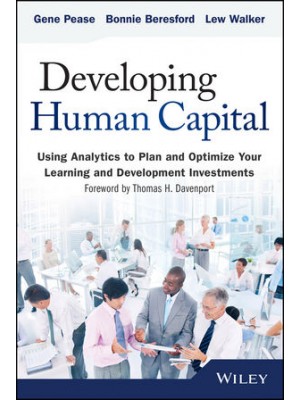Acknowledgements xi
Preface xiii
1 Introduction 1
1.1 Importance and development of business accountancy 1
1.1.1 Limited significance of financial statements 5
1.1.2 Special features of the financial sector 7
1.2 Composition and structure of financial statements 7
1.2.1 Income statement 7
1.2.2 Balance sheet 21
1.2.3 Cash flow statement 24
1.2.4 Statement of changes in equity 37
1.2.5 Notes 38
2 Key Ratios for Return and Profitability 41
2.1 Return on equity 42
2.2 Net profitmargin 45
2.3 EBIT/EBITDAmargin 48
2.4 Asset turnover 50
2.5 Return on assets 52
2.6 Return on capital employed 54
2.7 Operating cash flow margin 56
3 Ratios for Financial Stability 59
3.1 Equity ratio 59
3.2 Gearing 63
3.3 Dynamic gearing ratio 66
3.4 Net debt/EBITDA 70
3.5 Capex ratio 72
3.6 Asset depreciation ratio 75
3.7 Productive asset investment ratio 78
3.8 Cash burn rate 79
3.9 Current and non-current assets to total assets ratio 80
3.10 Equity to fixed assets ratio and equity and long-termliabilities to fixed assets ratio 82
3.11 Goodwill ratio 84
4 Ratios for Working Capital Management 85
4.1 Days sales outstanding and days payables outstanding 86
4.2 Cash ratio 89
4.3 Quick ratio 90
4.4 Current ratio/working capital ratio 91
4.5 Inventory intensity 94
4.6 Inventory turnover 95
4.7 Cash conversion cycle 96
4.8 Ratios for order backlog and order intake 98
5 Business Model Analysis 101
5.1 Circle of competence 102
5.2 Characteristics 103
5.3 Framework conditions 105
5.4 Information procurement 106
5.5 Industry and business analysis 107
5.6 SWOT analysis 108
5.7 Boston Consulting Group (BCG) analysis 109
5.8 Competitive strategy 115
5.9 Management 116
6 Profit Distribution Policy 117
6.1 Dividend 117
6.2 Share buyback 119
6.3 Conclusion 123
7 Valuation Ratios 125
7.1 Price-to-earnings ratio 126
7.2 Price-to-book ratio 131
7.3 Price-to-cash flow ratio 137
7.4 Price-to-sales ratio 140
7.5 Enterprise value approach 143
7.6 EV/EBITDA 148
7.7 EV/EBIT 151
7.8 EV/FCF 154
7.9 EV/sales 156
8 Company Valuation 159
8.1 Discounted cash flow model 161
8.1.1 Equity approach 162
8.1.2 Entity approach 170
8.1.3 Adjusted-present-value (APV) approach 174
8.1.4 Operating and financial leverage 177
8.1.5 Alternative use of DCFmodels 180
8.1.6 DCFcase studies 181
8.2 Valuation using multiples 188
8.2.1 Fair price-to-earnings ratio 190
8.2.2 Fair price-to-book ratio 200
8.2.3 Fair price-to-sales ratio 213
8.2.4 Fair enterprise value-to-EBIT ratio 216
8.2.5 Fair EV/sales 218
8.2.6 Multiple valuation: mathematical background 222
8.2.7 Liquidation approach/net-asset-value approach 223
8.3 Financial statement adjustments 225
8.3.1 Pro-forma statements and one-off effects 227
8.4 Overview of the valuationmethods 228
9 Value Investing 231
9.1 Margin of safety approach 233
9.2 Value investing strategies 233
9.2.1 Quality investments 233
9.2.2 Cigarbutt investments 234
9.2.3 Net-nets/arbitrage 234
9.3 The identification of investment opportunities 235
9.4 Portfoliomanagement 237
9.4.1 Diversification 237
9.4.2 Risk 238
9.4.3 Cash 239
9.5 Buying and selling: investment horizon 239
9.5.1 Buying 237
9.5.2 Selling 238
9.6 Conclusion 241
Table and Figure Credits 243
Index 245
































